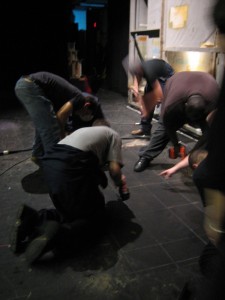Not counting our read-through, we have just completed our fourth day of rehearsal of The King and I. The crew was given the weekend off, as many of the large pieces of the set were put up by Friday. This also benefits us greatly, as we have free access to the stage for the weekend rehearsals.
First thing in the morning, we ran Act I, just because we could. It was a nice feeling. Immediately following that, we ran the ballet on the stage for the first time. I had the opportunity to see the entire ballet for the first time on Friday afternoon in the dance studio, without the singers present. I considered that also a great advantage, to see the whole thing so early in the process, especially since I often have trouble getting sufficient time to attend the dance rehearsals. The dancers are already doing a fantastic job, and I’m sure in the next week Gemze will get even more out of them.
For the last few evenings we’ve had access to the stage after the crew finished for the day, and we had been working with the principals and singing ensemble on stage, as the dancers did their thing in the dance studio. We’ve now reached the point in the process where it’s beneficial to swap that: the dancers have learned their choreography, and a lot of what remains is for them to adjust to the exact dimensions and surface of the stage. The principals now begin blocking for Act II, which works just as well in the dance studio at this point in the process.
In the three hours after lunch today, we blocked a good portion of Act II. We also accomplished costume fittings for the children and many of the ensemble. All in all we are going to be in great shape when we start tech in six days. In fact, I think my little trick of pre-tech will mean a very smooth run (or two!) of the show with scenery, before we ever start tech. A lot of this is because the very straightforward technical operation of the show will make it easy to do with a reduced crew. I’m enjoying the show itself and I look forward to putting the technical elements on it very soon.


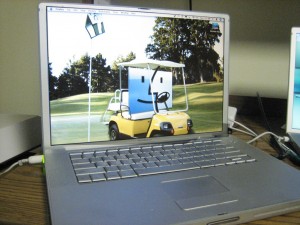
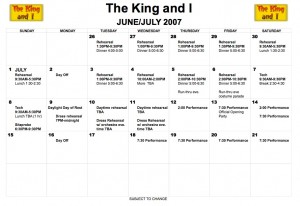

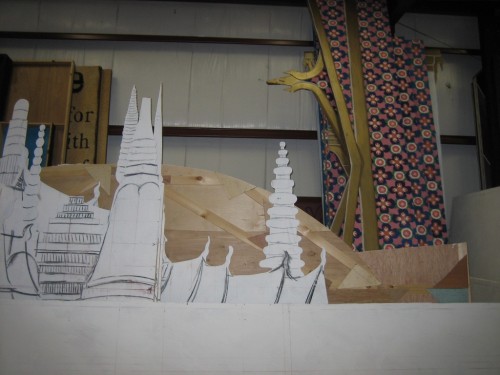
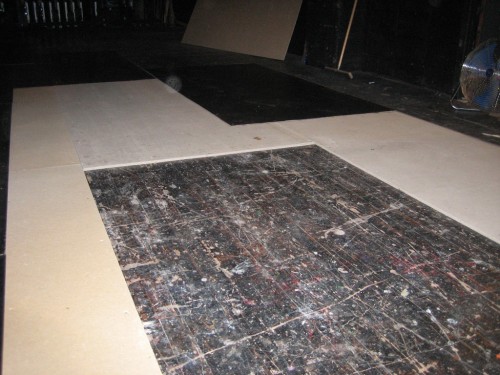
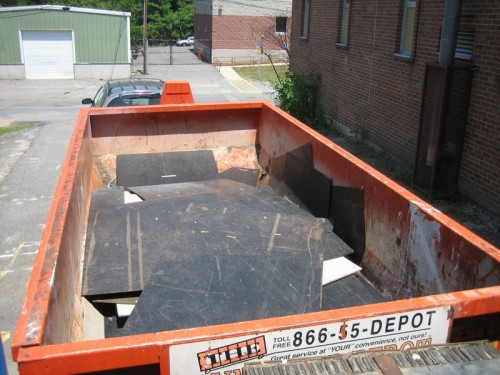
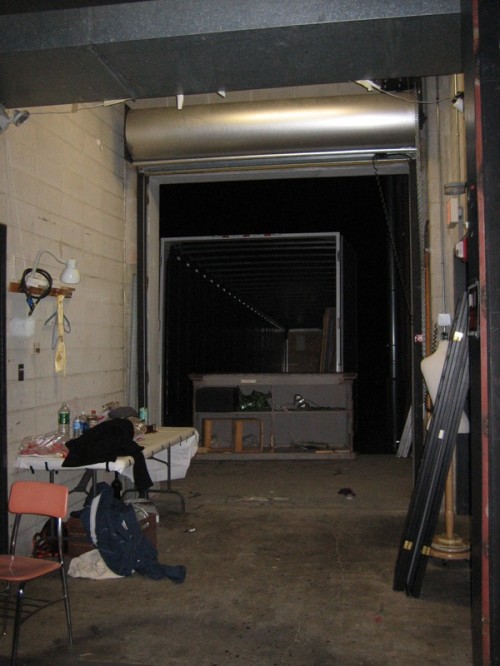
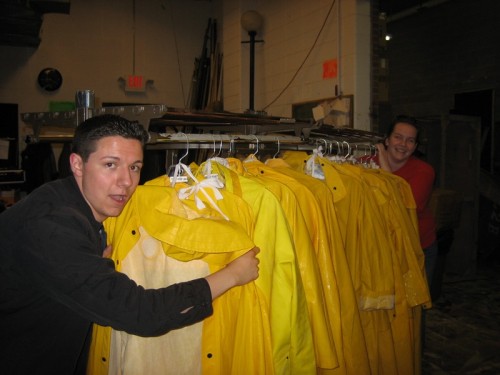
 According to this
According to this 